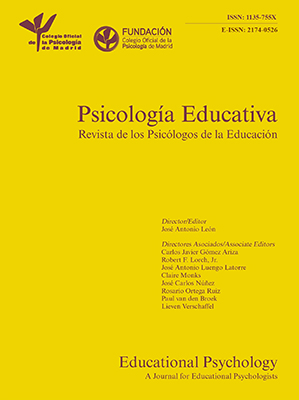
Fear of crime: Methodological considerations and results from a biannual survey in the city of Oporto
[Fear of crime: Methodological considerations and results from a biannual survey in the city of Oporto]
Carla Machado and Celina Manita
Abstract
This article presents the main results of a biannual inquiry on fear of crime in the city of Oporto (Portugal). Given the ongoing controversy on fear of crime measurement, we developed an instrument that: (a) differentiates between fear, risk and perceived seriousness of crime, (b) includes multiple levels of measurement, both general and specific, and (c) provides multiple measures of fear. Data were also collected on contextual clues that increase judgments of risk, defensive measures adopted by subjects and fear narratives. This instrument was first applied in 1997, to a sample of 467 subjects and again in 1999, to a sample of 500 subjects. Both studies evidence a high level of fear from crime in the population of Oporto, accompanied by a global perception of raising crime rates. Consistent with these high fear results, subjects resort to several defensive measures, mostly of an avoiding nature. Women and lower class subjects tend to report higher fear levels. Despite these global findings, fear levels (both general and between age groups) vary substantially according to the different measures used, providing a more complex analysis of the pattern of results usually found in fear of crime research.
Resumen
Copyright © 2025. Colegio Oficial de la Psicología de Madrid















